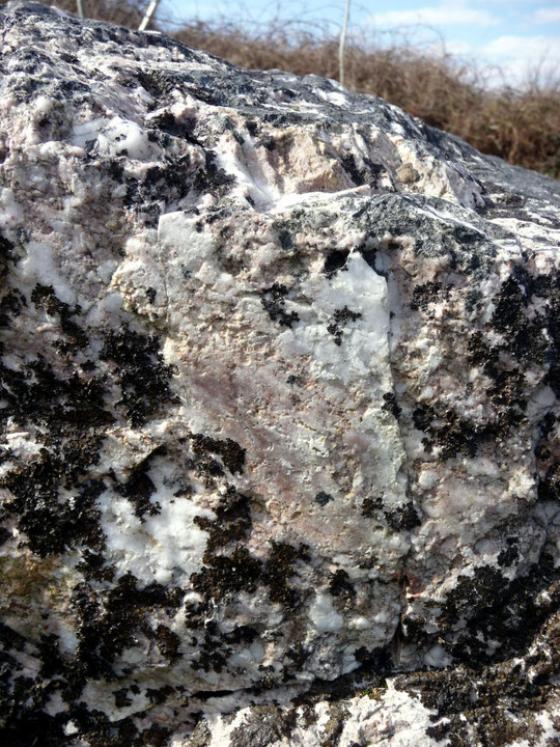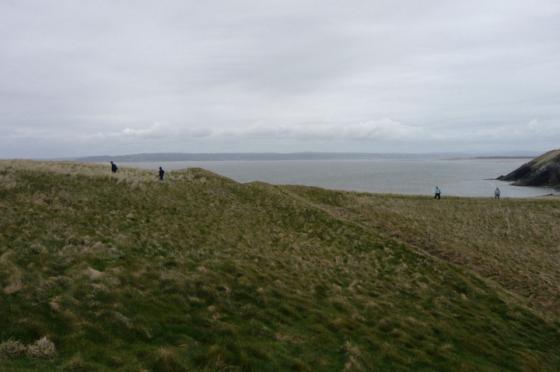
The last sun of our last trip of 2014.

The last sun of our last trip of 2014.

Moon’s up.

The thick hoarfrost remained untouched by the sun throughout the day on these north-facing slopes.

Dusk visit at the end of a beautiful Winter’s day.

The “other” stone/cross/whipping post. The Loughor estuary can be seen beyond.

The rather incongruous domestic setting (the house opposite is for sale if anyone would like a room with a stonehead view).

The standing stone was re-erected in the 1840s by the vicar.

The “proper” standing stone in the foreground, the later addition to the left.

The genuine ancient stone is nearest to the camera – the dodgy one is up the hill a bit to the left. But look at the stone the dodgy one is mounted on... a bit sus!
I love these type of sites – Next to a church or in the middle of a village. The stones are next to the road and easily seen without leaving the car if you don’t want to. Lovely little village.
Two menhirs stand guarding each side of the path up to the tiny old church.
The stones are curious. The ‘lower’ one is undoubtedly ancient. The size, weathering patterns and position all felt genuine. The ‘upper’ one was highly suspicious. It looked as if it were a more recent stone – which for sure had once been used as a gatepost – which had been plonked on top of a larger stone. The larger stone now lies down on the slope, but the size, type and weathering all matched the standing stone still up.
I wondered if they had once been part of an alignment as they followed the dip in the road which looked as if it had once been an old trackway down to the marsh just half a mile or so to the north
According to Coflein, the “upper” stone is a whipping post fashioned from the remains of a wheel cross. Nice.
There is a theory that Gower takes its name.. from the many stones or rude columns yet found there. A pitched stone of considerable size, when I last saw it, was lying opposite the gate of Llanrhidian Church. This stone had been removed from its original position upwards of sixty years ago. The speculation is that an ancient people, the Cymry, when settling in Gower, finding so many stone pillars, called the district Gwyr, or, as is stated, ” Meini Gwyr” (the land of the stone men). Many learned archaeologists assign these stones to a period carrying us to prehistoric times.
Flimsy theory I’d say, considering the ‘gower’ bit doesn’t mean stone. It’s funny that he should only mention one stone? as Jane found two. And that it was lying down – is it the stone underneath in her photo? It’s interesting that it should be said to have been removed from elsewhere. All very strange.
From Alfred Chas. Jonas, in Notes and Queries H. P. L. s10-XI (266): 95. (1909).






















































